12 Cool-Season Cover Crops to Plant Before Winter
Planting cool-season cover crops before winter is a great way to protect and enrich your soil. These crops help prevent erosion, suppress weeds, and improve soil structure. They also provide valuable nutrients that will be available for the next planting season. Whether you’re preparing your garden for spring or simply improving soil health, these crops offer a range of benefits. Many of them can withstand cold temperatures, making them perfect for fall planting.
This post may contain affiliate links, which helps keep this content free. Please read our disclosure for more info.
Winter Rye
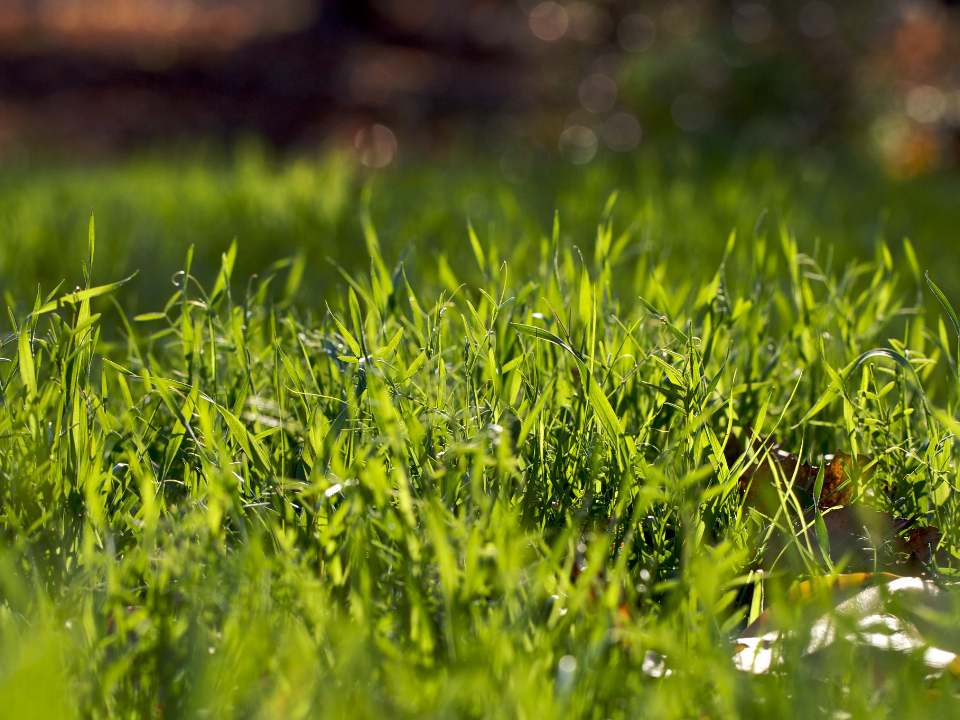
Winter rye is a popular choice for cold-season cover crops due to its hardiness. It is capable of surviving even the harshest winters, making it a reliable option for areas with freezing temperatures. Rye grows quickly, providing excellent ground cover and suppressing weeds.
In the spring, winter rye can be tilled into the soil, enriching it with organic matter. It also helps prevent erosion and improves soil structure, promoting better drainage and root growth for future crops. Its deep roots can break up compacted soil layers, enhancing soil aeration.
Crimson Clover
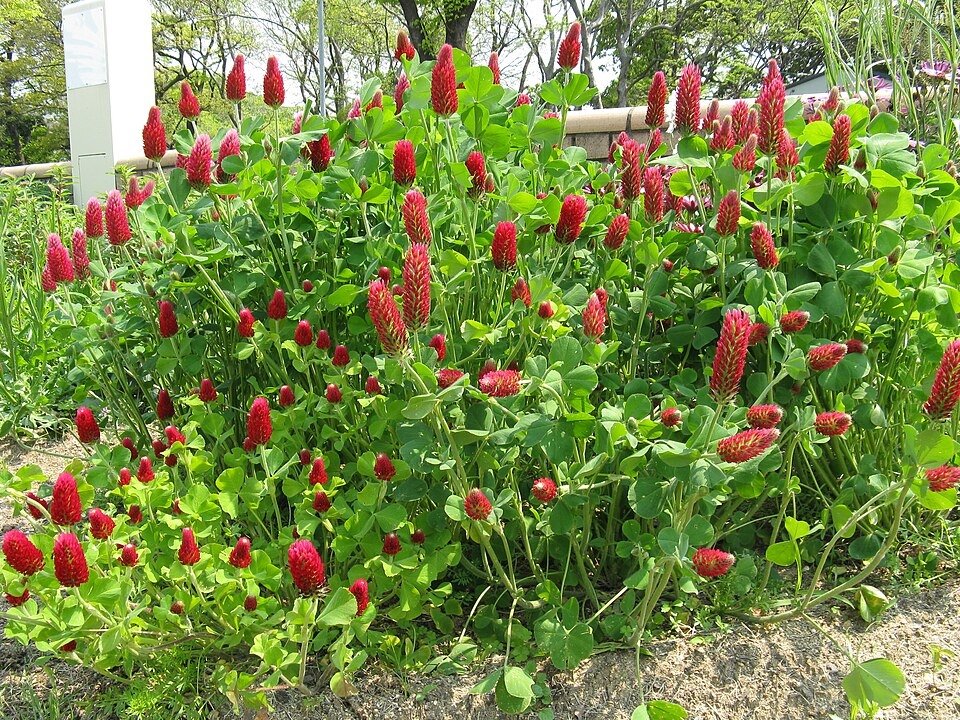
Crimson clover is a versatile legume that can be planted in the fall for winter cover. It thrives in cooler weather and provides valuable nitrogen to the soil, improving soil fertility for the next planting season. Crimson clover’s vibrant red flowers also attract pollinators, benefiting nearby plants.
This cover crop is ideal for areas with moderate winter temperatures. As it decomposes in the spring, it enriches the soil with nutrients, especially nitrogen, helping to boost the growth of spring crops. It is easy to manage, as it can be mowed before tilling or left to decompose naturally.
Field Peas
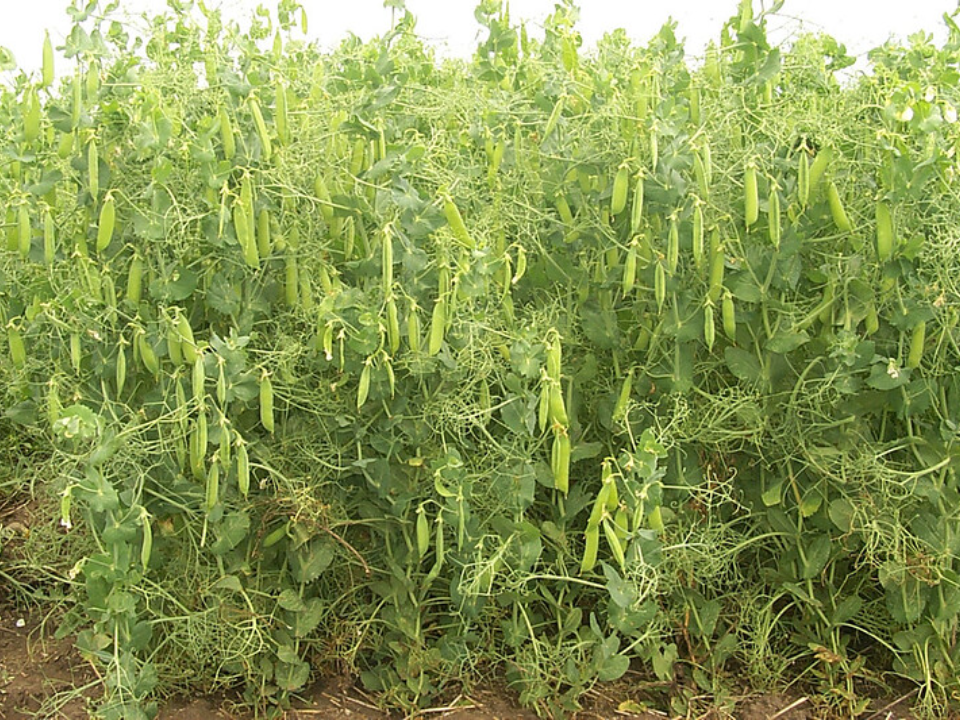
Field peas are well-suited for colder climates, making them a good option for fall planting. These peas fix nitrogen in the soil, improving soil fertility and providing essential nutrients for the next planting season. They are also an excellent choice for weed suppression, as they grow quickly and densely.
During the winter, field peas will grow slowly but can survive in frost-prone areas. Once spring arrives, they can be tilled into the soil, offering organic matter that helps improve soil structure. This crop is especially useful in rotation with other plants that require higher nitrogen levels.
Oats
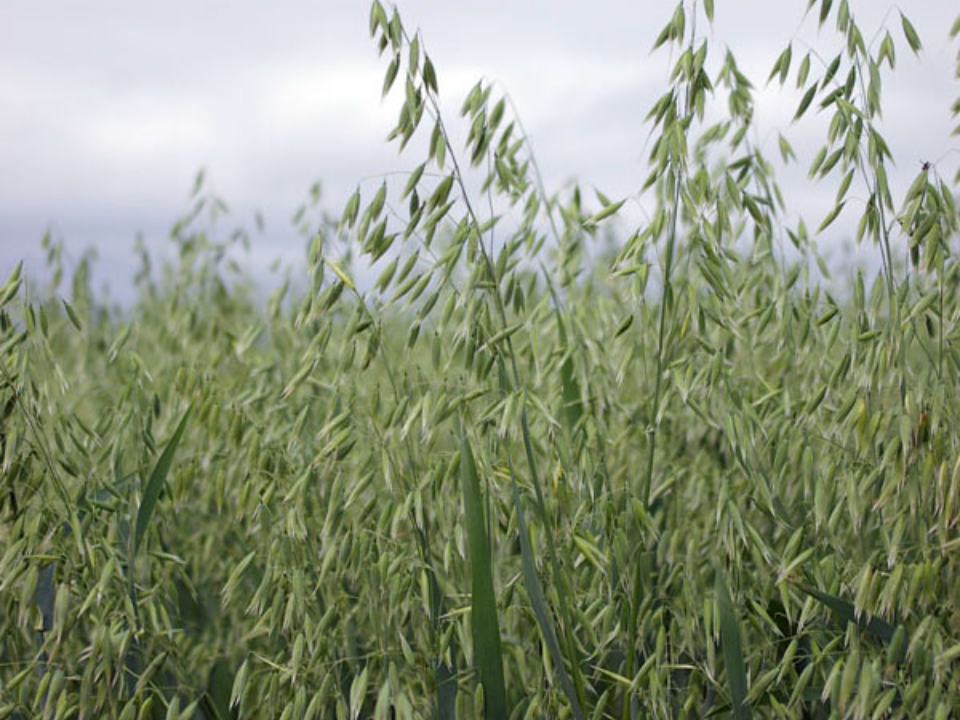
Oats are another reliable cool-season cover crop that grows quickly during the fall. They are known for their ability to protect the soil from erosion during the winter months. Oats also provide organic matter when tilled into the soil in spring, promoting better soil texture and water retention.
Oats can tolerate frost and will typically die after the first hard freeze, leaving behind a protective mulch that prevents weeds. Their shallow root system helps improve the topsoil, while the decaying plants serve as a nutrient source for subsequent crops.
Triticale
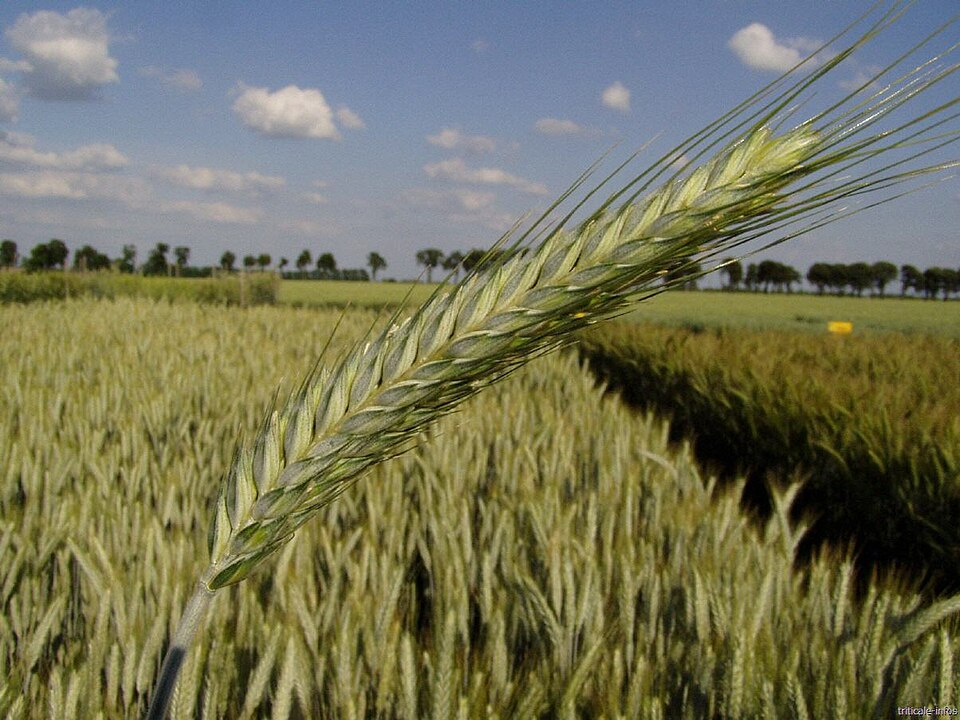
Triticale, a hybrid of rye and wheat, is an excellent cover crop for colder climates. It can endure freezing temperatures and provides strong weed suppression, making it ideal for planting in the fall. Its deep roots also help reduce soil compaction and promote better water infiltration.
This crop has a high biomass yield, which contributes to soil organic matter and helps prevent erosion. In spring, triticale can be incorporated into the soil, where it will break down and release nutrients. It’s a particularly good choice for areas that need a quick cover crop before the growing season begins.
Radishes
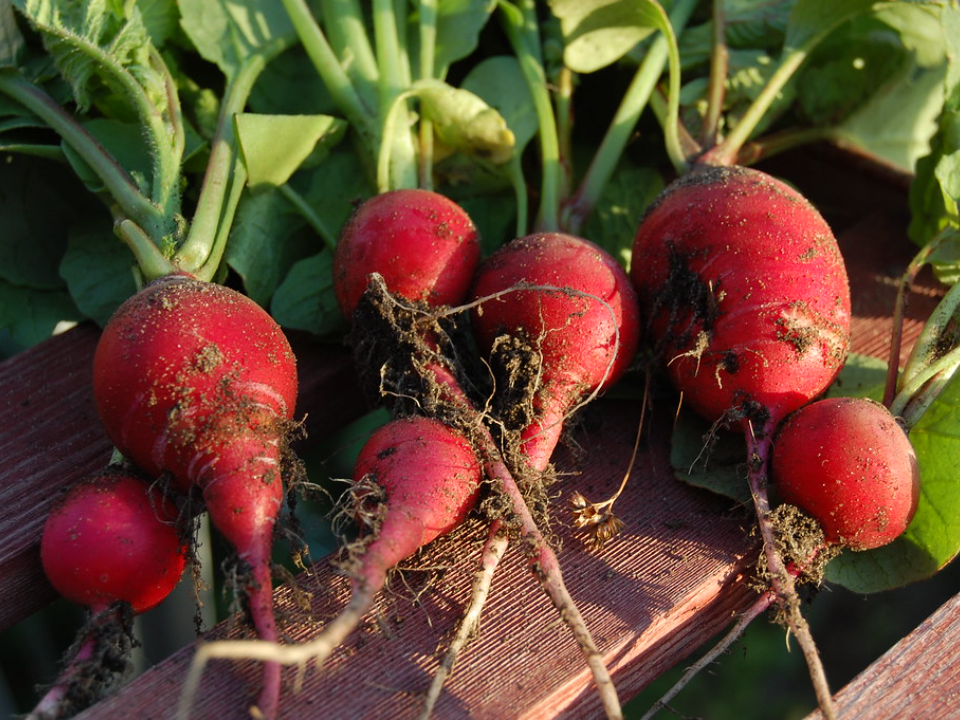
Radishes, specifically daikon radishes, are an excellent cool-season cover crop. Their large, deep taproots penetrate compacted soil, improving soil aeration and water retention. They are ideal for planting before winter because they grow quickly and are hardy enough to survive colder temperatures.
Once the radishes are tilled in the spring, their decomposing roots leave channels in the soil that promote root penetration for future crops. The plants also add valuable organic matter, enriching the soil with nutrients. Additionally, radishes can help break up hardpan layers, improving soil structure.
Hairy Vetch
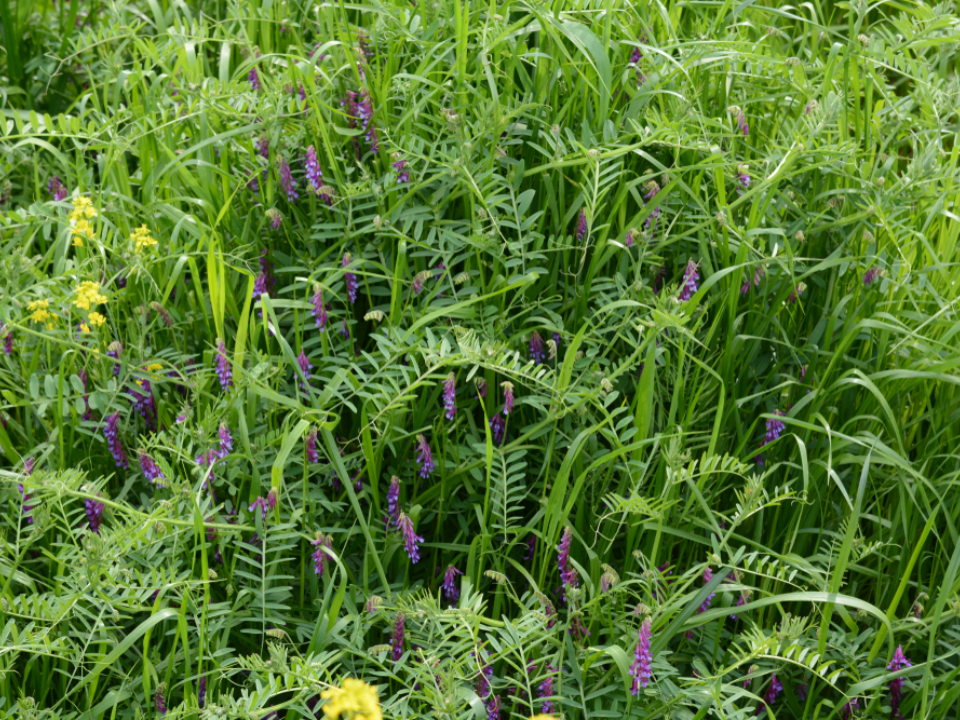
Hairy vetch is a resilient legume that thrives in cooler temperatures, making it a perfect choice for the fall planting season. It fixes nitrogen in the soil, enriching the soil for upcoming crops while also providing excellent ground cover to prevent erosion. Hairy vetch is particularly beneficial when grown with other cover crops like oats.
This cover crop grows vigorously in the fall and early winter, and its lush green growth adds valuable organic matter to the soil. In spring, it can be turned under to provide nutrients and enhance soil health. Hairy vetch can also be left on the surface as a mulch to protect the soil from erosion.
Mustard
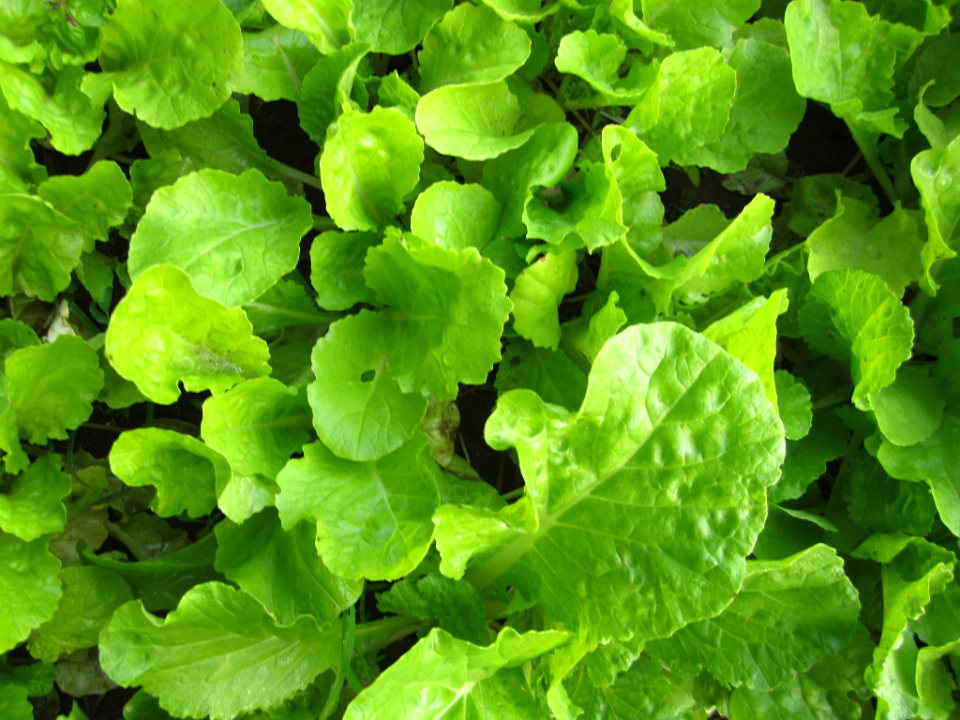
Mustard is a fast-growing cover crop that can tolerate frost and provide significant benefits to the soil. It is known for its ability to suppress weeds, as its dense growth smothers unwanted plants. Mustard also helps reduce soil-borne diseases, making it a great choice for crop rotation.
When mustard is tilled into the soil in the spring, it adds organic matter that improves soil structure and provides valuable nutrients. Additionally, its deep roots help break up compacted soil, making it easier for future plants to grow. Mustard is a great option for gardeners looking for a quick, effective cover crop.
Turnips
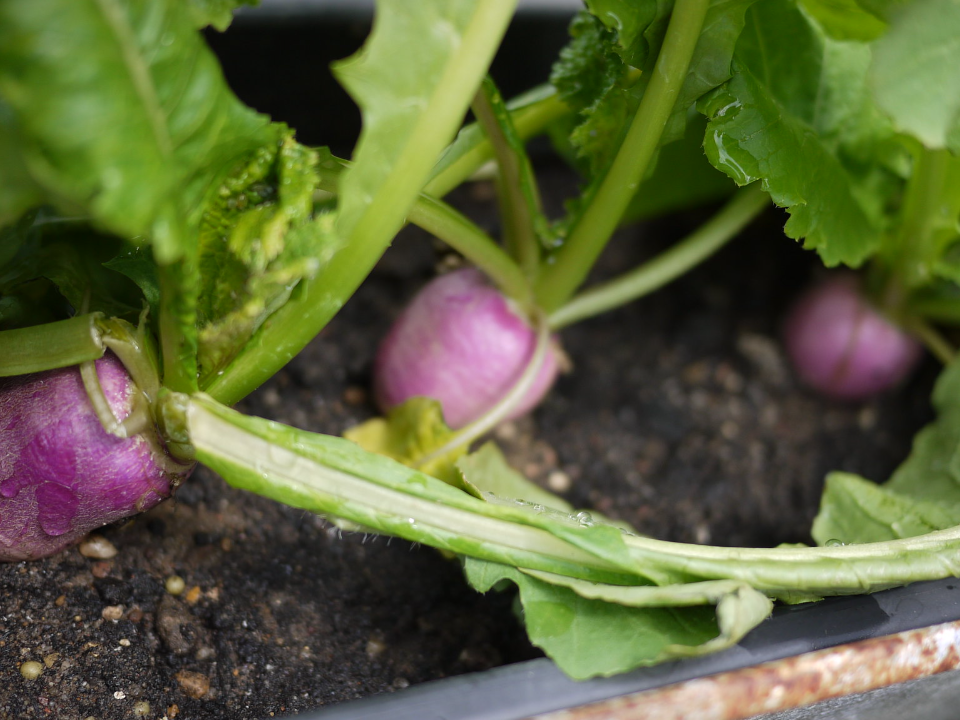
Turnips are an excellent choice for cool-season cover crops due to their deep roots and rapid growth. These crops are ideal for breaking up compacted soil layers and improving water penetration. Turnips can also help reduce soil erosion and add valuable organic matter to the soil.
As the turnips die off in the winter, their decomposing roots leave behind channels in the soil, enhancing root growth for the next planting season. Their leaves also provide nutrient-rich mulch that can protect the soil from the cold and preserve moisture. Turnips are perfect for gardeners seeking a cover crop that offers soil improvement and organic matter.
Alfalfa
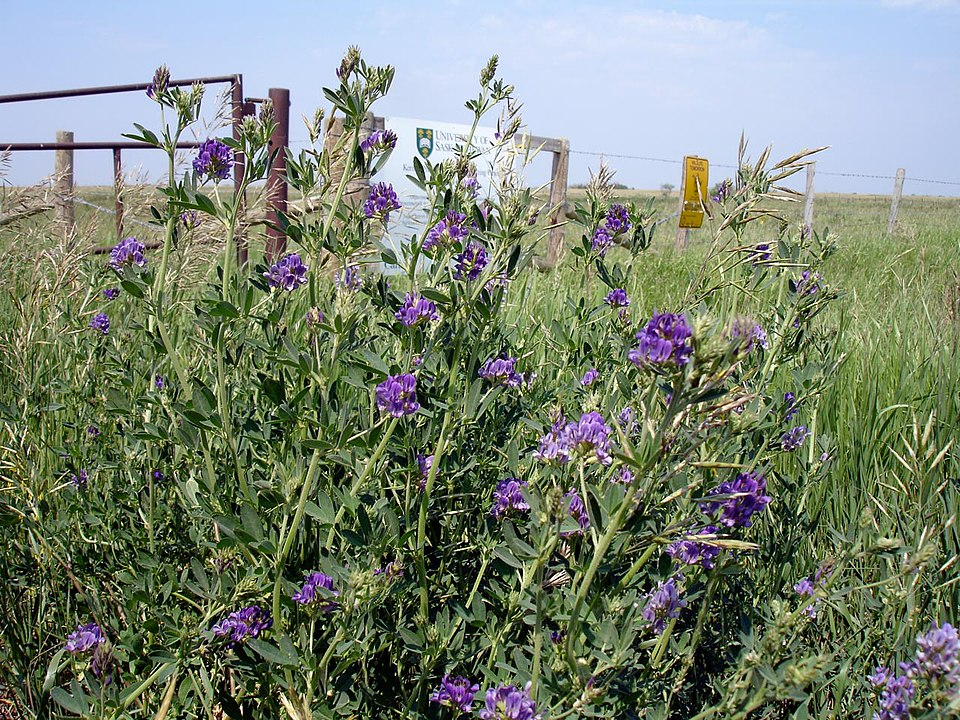
Alfalfa is a perennial legume that is great for improving soil fertility during the fall months. It fixes nitrogen in the soil, which can significantly boost the growth of subsequent crops. Alfalfa’s deep roots also help aerate the soil, improving its structure and allowing for better water retention.
This cover crop can be planted in the fall and left to grow through the winter, providing valuable nutrients that will be released in the spring when it decomposes. Alfalfa is ideal for long-term soil improvement, as it can be harvested multiple times over its lifespan. It is a perfect addition to crop rotation systems that require high nitrogen levels.
Buckwheat
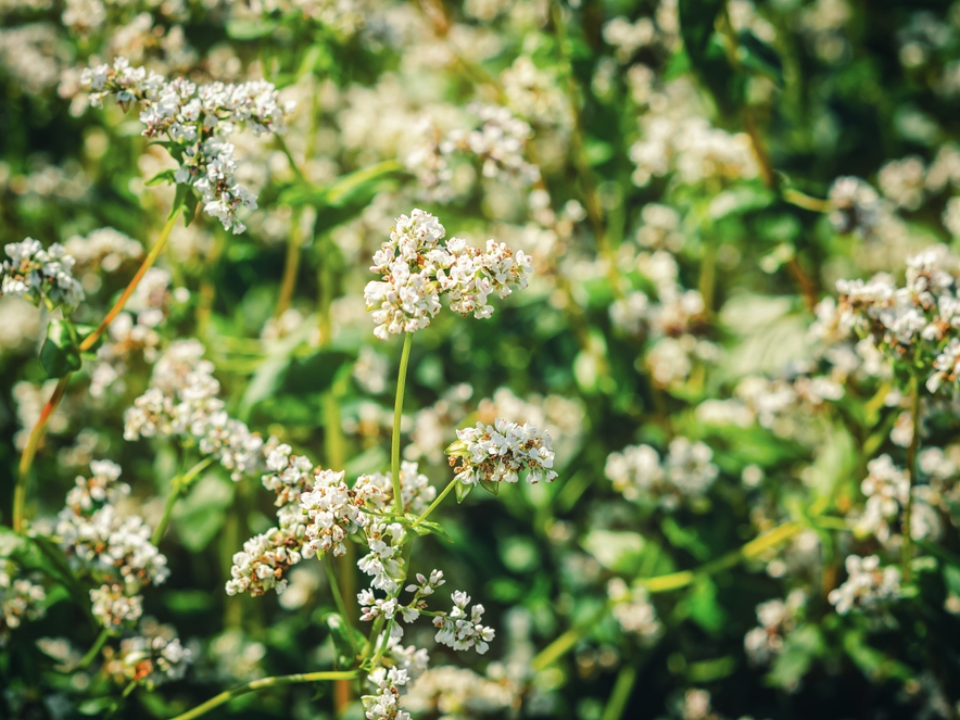
Although buckwheat is typically thought of as a summer crop, it can also be planted in the fall in milder climates. It grows quickly and provides a dense mat of cover, which helps suppress weeds and prevent soil erosion. Buckwheat also attracts beneficial insects, making it an excellent choice for pollinator-friendly gardens.
Buckwheat’s rapid growth adds organic matter to the soil, enriching it with nutrients when it decomposes in the spring. It also helps break up compacted soil, promoting better root growth for future crops. Buckwheat is especially useful in crop rotation systems, where it can help improve soil health and fertility.
Barley
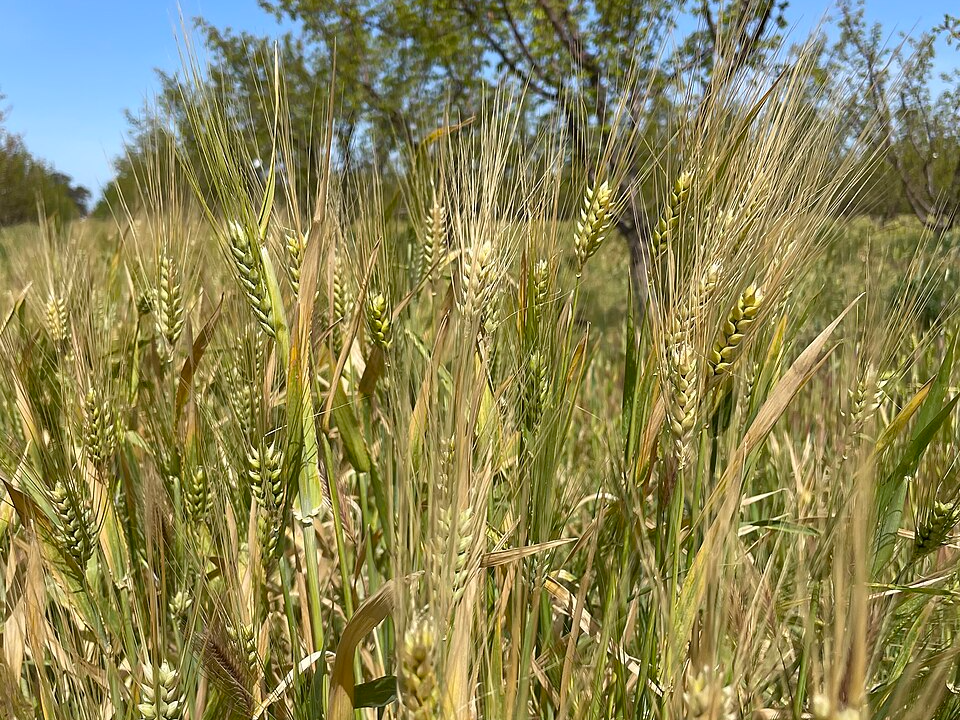
Barley is another hardy cover crop that thrives in cool temperatures. It grows quickly and helps protect the soil from erosion during the winter months. Barley also serves as a valuable mulch once it is tilled into the soil in the spring, adding organic matter and improving soil fertility.
This crop’s deep roots help aerate the soil, improving its structure and enhancing water infiltration. Barley is an excellent choice for gardeners looking to improve soil health while also protecting their garden beds from erosion. It is easy to manage and provides multiple benefits to the soil.
This article originally appeared on Avocadu.
